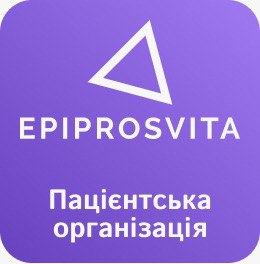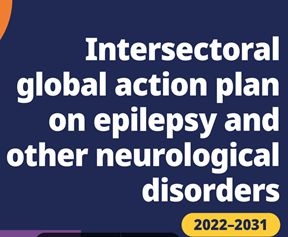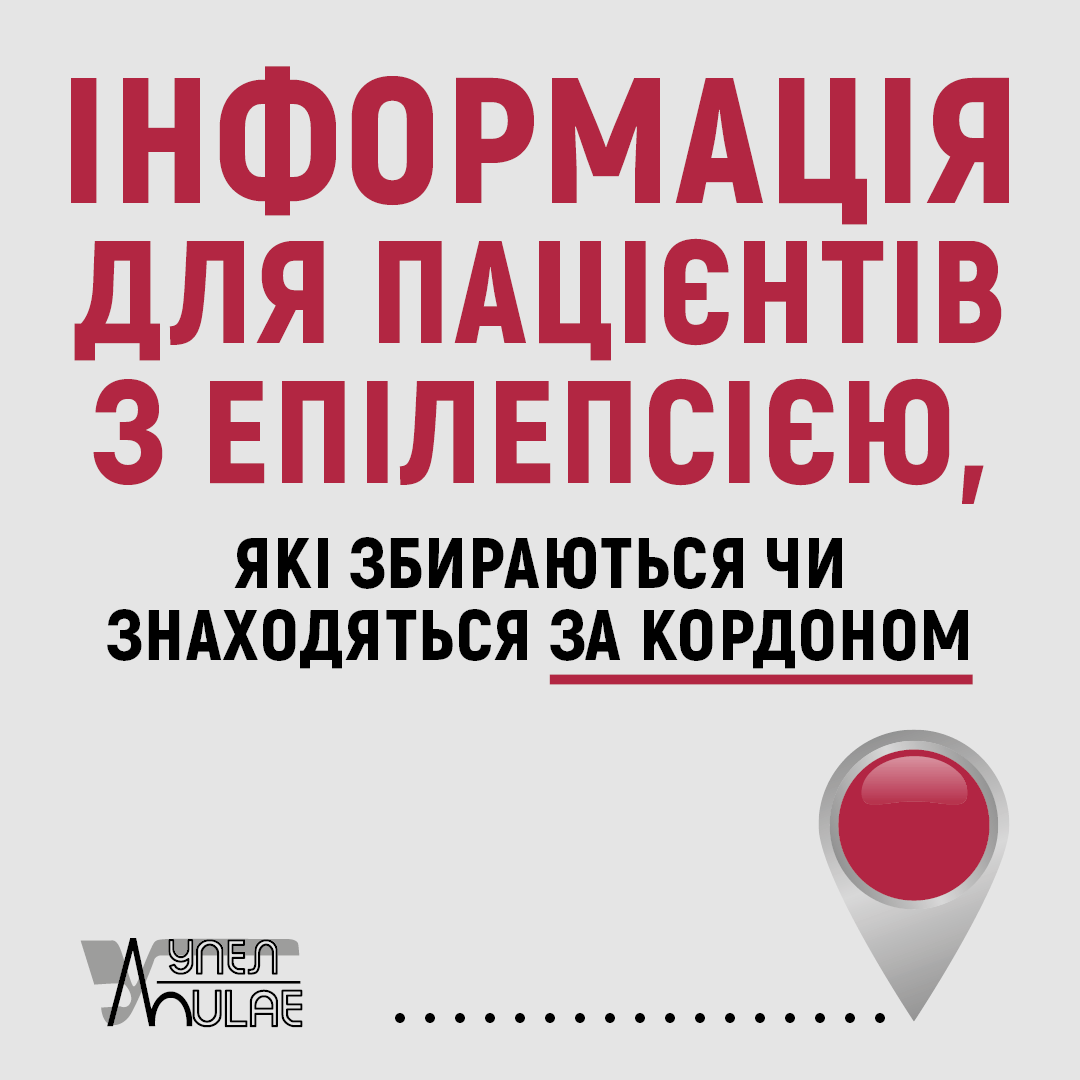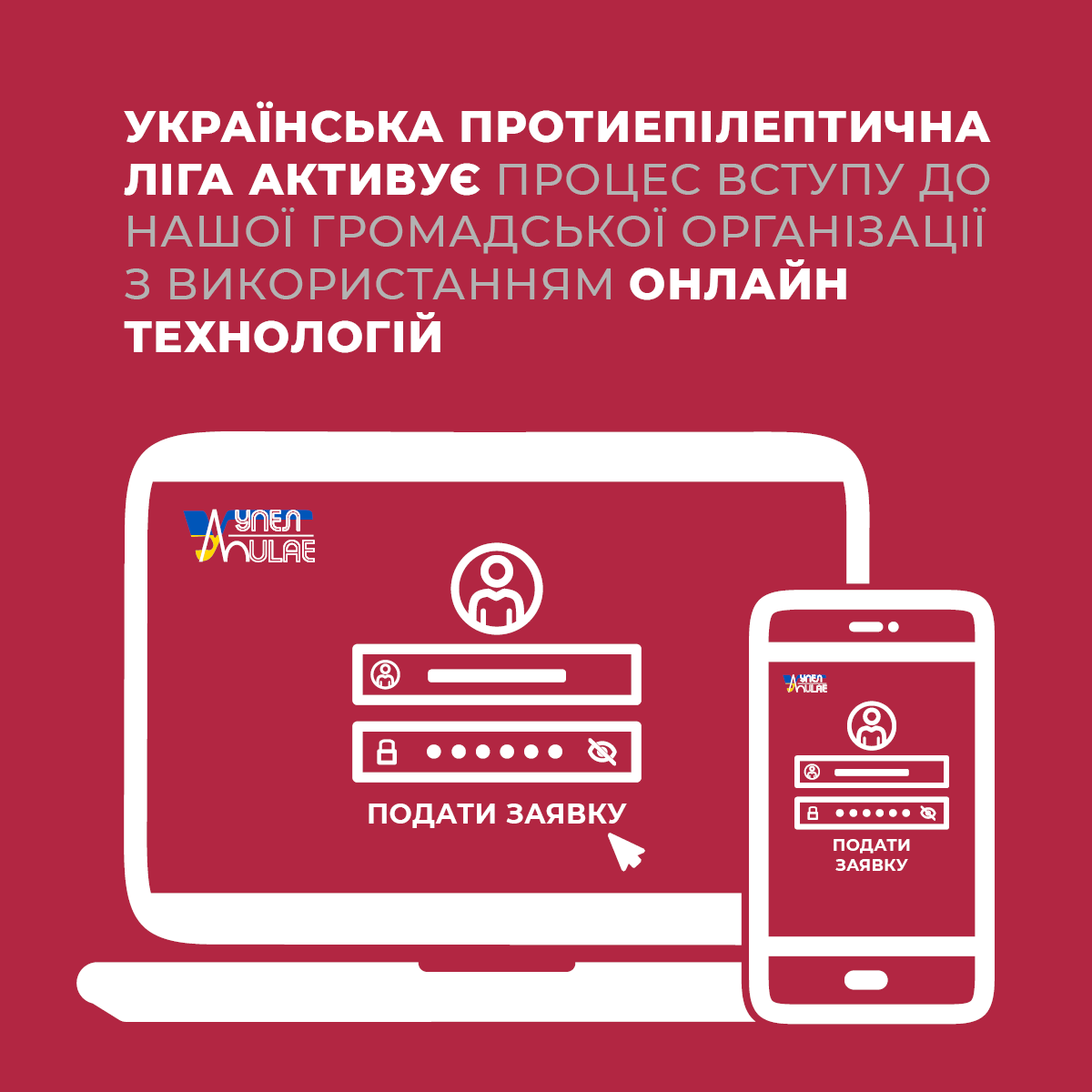Markus Reuber MD PhD, Academic Neurology Unit, University of Sheffield, RoyalHallamshire Hospital, Glossop Road, Sheffield, S10 2JF
Clinicians working treating seizure disorders will be familiar with uncertainty in all itsforms: in this medical field, most advice about diagnosis, treatment, lifestyle andpersonal choices and prognosis will be characterised by uncertainty (1). Clinicalencounters in seizure clinics will regularly expose clinicians and patients to “epistemicuncertainty” (due to lack of knowledge at the individual patient level, in general or evenunknown unknowns), “aleatory uncertainty” (related to interindividual biological,psychological or social variability) and “Knightian uncertainty” (where a lack ofquantifiable knowledge means risks cannot be quantified). Uncertainties will be relatedto the unpredictability of outcomes at the individual patient level, imprecision ofevidence, conflict of opinion, lack of information and complexity of available data (2).
Good advice on how to deal with uncertainty in practice is available (3), but there aretimes when clinical scenarios force patients and clinicians to face binary choices – “is thisepilepsy?” / “do we start antiseizure medication?”/”shall we operate?”/ “shall we stopmedication?”. Occasionally there may be a “third way” such as seeking moreinformation or deferring a decision while reflecting on its consequences, but oftenchoices have to be made despite lingering uncertainty.
One of the most consequential sources of uncertainty in clinical epileptology relates tothe nature of the patient’s seizures. This uncertainty is particularly acute when seizuresinclude loss of consciousness – limiting the information available about seizure eventsfrom patients themselves. Of the three most common causes of transient loss ofconsciousness - syncope, epilepsy and functional / dissociative seizures (FDS) - the first isrelatively easy to distinguish from the other two based on the symptoms before andimmediately after the period of loss of awareness (4). The differentiation betweenepilepsy and FDS based on the patient’s history alone is much harder (5).
Arguably the most important development in the differentiation of epileptic and FDSdisorders which I have gained personal experience of over the last three decades is thegreater availability of home video recordings of seizures. My Editor’s Choice from thecurrent volume of Seizure, a meta-analysis by Cemal Karakas et al., documents that, inoptimal circumstances such video recordings have a sensitivity for the identification ofepilepsy of 82%, a specificity of 84%, and yield diagnoses of epilepsy with an odds ratioof 24.7 (6). The area under the Receiver Operating Curve for video-based diagnoses wasexcellent.
Of course, there are several limitations: experts (epileptologists) were considerablybetter than non-experts (including general neurologists) at differentiating correctlybetween videos of the two different types of seizures. What is more, it is not all studiesincluded in the meta-analysis were prospective, and it could be argued that prospectiveand retrospective studies should not be combined. It is also unclear how representativestudy populations of patients with video-EEG based “gold standard” diagnoses are of thewhole patient populations encountered in a seizure clinic.
Nevertheless, as home video recordings have become an essential part of theepileptologist’s toolkit and there is increasing access to commercial and semi-automaticvideo monitoring systems this meta-analysis removes some uncertainty about the levelof uncertainty of what has become one of the most important diagnostic tools inepileptology.
References
(1) Han PKJ, Babrow A, Hillen MA, Gulbrandsen P, Smets EM, Ofstad EH. Uncertainty inhealth care: Towards a more systematic program of research. Patient Educ Couns2019;102:1756-1766.(2) Han PK, Klein WM, Arora NK. Varieties of uncertainty in health care: a conceptualtaxonomy. Med Decis Making 2011;31:828-38. doi: 10.1177/0272989x11393976.(3) Berger Z. Navigating the unknown: shared decision-making in the face ofuncertainty. J Gen Intern Med. 2015 May;30(5):675-8.(4) Chen M, Jamnadas-Khoda J, Broadhurst M, Wall M, Grünewald R, Howell SJL, KoeppM, Parry SW, Sisodiya SM, Walker M, Hesdorffer D, Reuber M. Value of witnessobservations in the differential diagnosis of transient loss of consciousness.Neurology 2019, 92:e895-e904.(5) Wardrope A, Newberry E, Reuber M. Diagnostic criteria to aid the differentialdiagnosis of patients presenting with transient loss of consciousness: A systematicreview. Seizure 2018,61:139-148.(6) Karakas C, Ferreira LD, Haneef Z. Use of video alone for differentiation of epilepticseizures from non-epileptic spells: A Systematic Review and Meta-analysis.Seizure 2023, 110:177-187.





